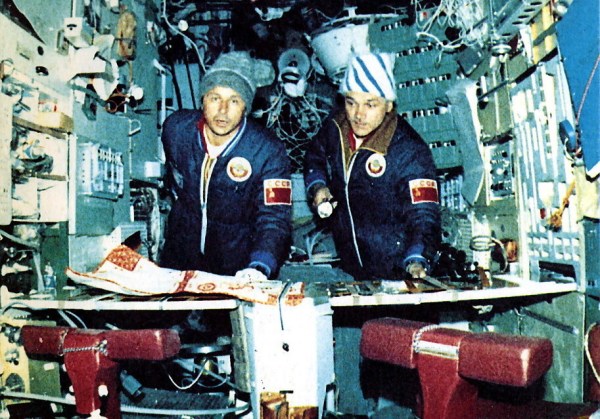When the Space Race kicked off in earnest in the 1950s, in some ways it was hard to pin down where sci-fi began and reality ended. As the first artificial satellites began zipping around the Earth, this was soon followed by manned spaceflight, first in low Earth orbit, then to the Moon with manned spaceflights to Mars and Venus already in the planning. The first space stations were being launched following or alongside Kubrick’s 2001: A Space Odyssey, and countless other books and movies during the 1960s and 1970s such as Moonraker which portrayed people living (and fighting) out in space.
Perhaps ironically, considering the portrayal of space stations in Western media, virtually all of the space stations launched during the 20th century were Soviet, leaving Skylab as the sole US space station to this day. The Soviet Union established a near-permanent presence of cosmonauts in Earth orbit since the 1970s as part of the Salyut program. These Salyut space stations also served as cover for the military Almaz space stations that were intended to be used for reconnaissance as well as weapon platforms.
Although the US unquestionably won out on racing the USSR to the Moon, the latter nation’s achievements granted us invaluable knowledge on how to make space stations work, which benefits us all to this very day.
Continue reading “The Soviet Space Station Program: From Military Satellites To The ISS”















